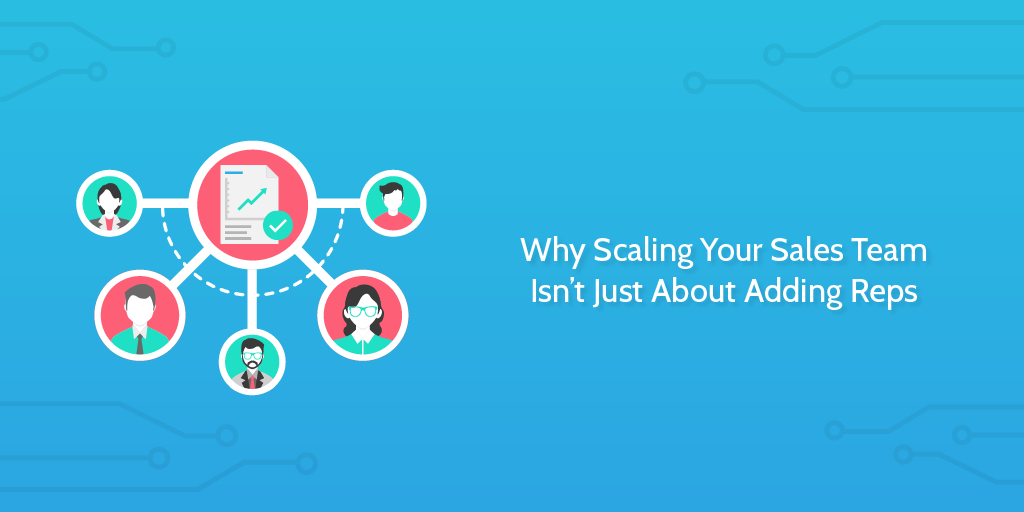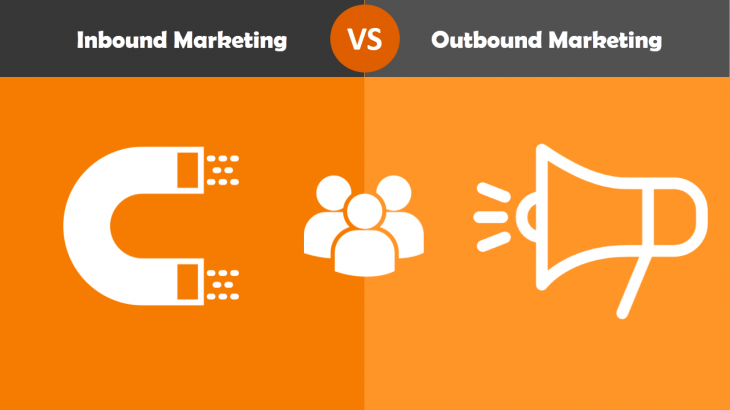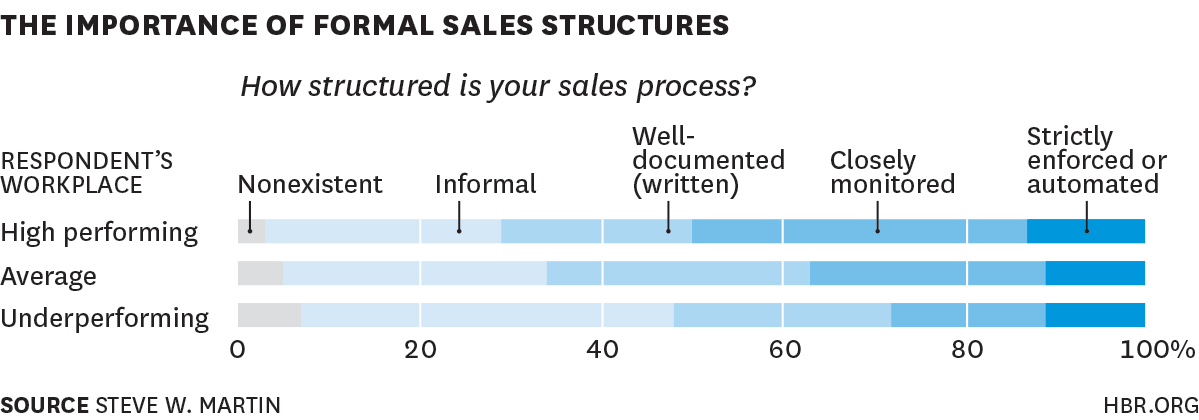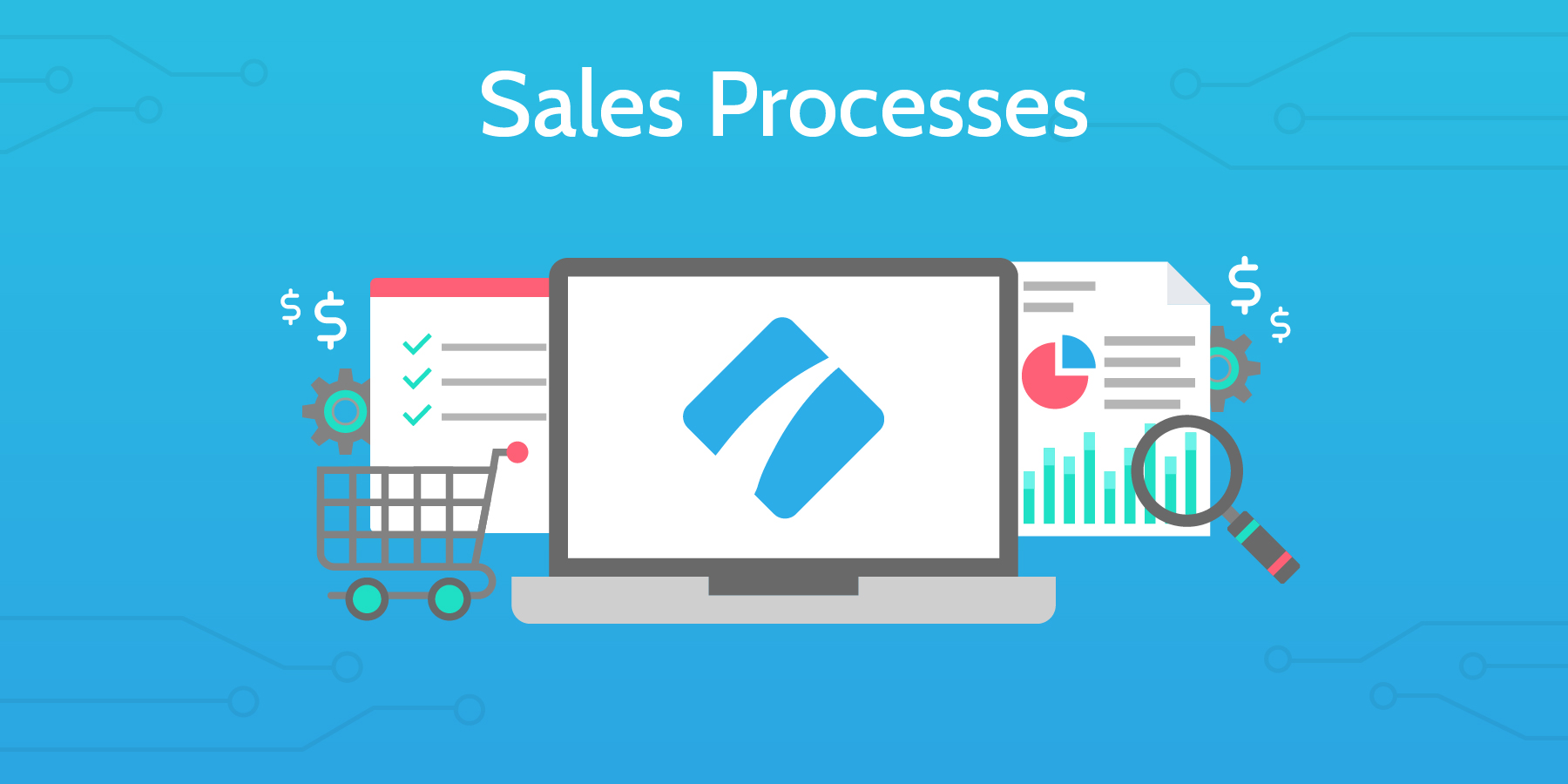 Building an initial sales approach is something loads of us have attempted to do at some point or other.
Building an initial sales approach is something loads of us have attempted to do at some point or other.
Sales ends up being one of the key ways companies grow and scale. We all know this.
But there’s a big difference between doing effective outreach for your startup on a high-touch basis where you’re still understanding customer needs and figuring out approaches, and turning this knowledge into a sales machine with a full sales team that can operate in a financially efficient way.
Understanding yourself in the market and growing to be the company you want to be require different slightly strategies.
This growth from tiny solopreneur kind of structures to managing teams with effective documented practices is what this article will be all about!
In this Process Street article, we’re going to take a look into some expert insights from Close.io‘s recent webinar with their CEO Steli Efti, Process Street’s CEO Vinay Patankar, PandaDoc‘s Director of Inside Sales Mike Paladino, and Groove‘s VP of Sales Mike Sutherland.
We’re going to pull out the key questions to help scale your sales in a way that works:
- What do you want to scale?
- Is now a good time to scale?
- How do you build a process for scaling?
- How do you get a sales teams to follow the process?
- When and how do I add people to a sales team?
And finally, we’ll give you 10 free process templates for different areas of sales for you to start using in your business today.
You can watch the whole webinar here: How to build a scalable sales process (Q&A webinar)
What do you want to scale?

There are many different approaches you can take to building a sales process.
Let’s look at 4 different terms:
- Inside sales: This refers to having sales people working in your office or remotely and dealing with completing sales simply from their desk. This is a common approach within the SaaS industry particularly when targeting small to medium sized enterprises. High value sales in this space may still require something different like…
- Outside sales: This is where salespeople travel to where the customer is to sell to them directly. This could involve visiting to understand how their systems and processes work, and how your product could fit into that. Or it could be more consultancy based sales where you need to see how your services could assist the company in question.
- Inbound sales: This is where you sell to people who come to you. This may involve marketing materials which customers see and use to make the decision to reach out to you. Lots of SaaS sales will work in this way; particularly for companies who operate with a freemium model which lets users try before they buy.
- Outbound sales: This is your classic Hollywood idea of sales. You work out what kind of companies might be interested in your services and you reach out to them one by one to try to bring them aboard. Think cold-calling and cold-emailing.
In all honesty, there is often a great amount of overlap within any single company in regards to which strategies are employed.
At Process Street, we employ a lot of inbound sales strategies where leads come to us and get qualified from there. Yet, we have also used sales development reps who have reached out to companies who look to be a good fit for our services.
As Vinay discusses in the webinar, it is important to test your channels to understand which approaches are best for you and your company.
Vinay advocates for finding your best channel and iterating your processes from there. With each major process iteration you could see a 10% rise in how effective it is – so it makes sense to find the best performing channel and iterate on it in a focused manner in order to maximize its usefulness.
Once each iteration begins to make little extra difference to attainment, then you’ve probably optimized that channel to a point where resources could be better used opening up a new channel alongside and working on boosting that channel.
Mike Sutherland of Groove reminds us of the effectiveness in an early stage of employing outbound approaches in order to better understand how our own product relates to the market. Talking with customers and understanding their pain points is always going to be effective in not just boosting sales, but also improving your product and its fit.
The key takeaways
Test your channels and determine which is your best performer. Utilize the limited resources you have to optimize that channel until you reach a point of diminishing returns.
Is now a good time to scale?

Everyone’s business is different.
The key constraints on your ability to scale in the real world might be related to your production systems and whether you can manufacture a physical product to meet demand. Or it could be whether you have all the necessary staff on the team to provide the services your company wants to offer at scale.
I’ve encountered this twice myself.
Once when working in software development where we jumped forward to take on new customers because we were motivated by money. In the end, we didn’t make loads of money off the new clients, we lost money. We weren’t ready to offer the volume of new services we were able to bring in through sales.
The second time was when my app idyoma was first available in the AppStore and Playstore. We knew we would struggle to keep customers happy given the product was still an MVP app and it required a carefully built userbase structured in geographical clusters. But we got excited by rising downloads and removed our self-imposed constraints to growth. We were too cocky and damaged the business in the process.
In the webinar, Vinay touches on the need to understand your product, your process, and your business properly before you begin the scaling process:
“Make sure your fundamentals are strong before you scale”
You need to know your numbers.
How much does it cost for you to bring a qualified lead to the table? What percentage are you converting at each stage of the pipeline? How consistent are your results and can you begin to predict your future results with some accuracy?
As Steli summed up nicely:
“Scaling is about predictability”
If you’re going to invest significant resources, both time and money, into growing your sales and your sales team, then you need to be able to fairly accurately predict what this investment will lead to.
The key takeaways
You have to understand thoroughly how your business works, particularly your sales pipeline and the processes embedded within. You want to know the buyer personas, the numbers for each, the lifetime values, the customer acquisition costs. You can attain these through tests and through consistency.
How do you build a process for scaling?

Creating a process is a pretty central theme of a lot of our output here at Process Street. Unsurprisingly so.
We have plenty of materials geared toward documenting workflows, creating Six Sigma processes like DMAIC, and writing standard operating procedures.
But sometimes these intensely technical elements aren’t needed.
In the early days of building and then scaling a sales process it’s better to think in terms of principles and best practices. Agile methodologies which encourage iteration, embeddedness, and flexibility are important to keep in mind throughout the lifecycle of building and optimizing processes.
As Steli points out in the webinar, it’s a really effective way to approach processes if you think of them like products. You can operate with different versions – knowing that this version is not necessarily the final version, but it is a necessary step to understanding and formulating the final process.
Start simple.
Simply writing the process down and having it understood by the various people involved is the first step to having a process based sales system.
Though, you have to be careful even in the early stages.
As Vinay points out when discussing the two mistakes teams often fall into:
- Trying to grow too fast. Attempting to achieve too much in the early stages of process design can lead you into processes which limit output as much as aide it. It also takes up your time and resources.
- Documenting your process is a great way to start. But like any product, a documented process should be tested and validated before you decide to expand it across a team. Too many companies simply standardize what they do without testing whether they’re standardizing something good.
Starting simple and testing out early iterations of processes as a team is a great way to discover what works and what doesn’t.
Moreover, doing this as a team and looking to have each team member contribute to the process design results in insight from every stage of the pipeline while also increasing buy-in from the team as a whole.
Mike Paladino of PandaDoc points out that you want all the people who have to use the process to feel a sense of ownership over the process. This will both make it better and make it more closely followed as time goes by. Plus, when there are things which could be improved, an engaged employee will feel a greater willingness to jump up and make suggestions for further improvements.
Lastly, as you’re building this process, Mike Sutherland emphasises the importance of making it clear and actionable. There’s a difference between a guide and an actionable process.
A series of guiding points might not result in effective process adherence. If you don’t have people following the process then how can you be testing and validating it? You can’t.
Design it for someone to use, not for it to look fancy to investors.
The key takeaways
Treat the process like a product. Build a simply working MVP of the process and iterate it from there. Make it user friendly and involve all stakeholders in its creation. This process can then be the base from which your growth occurs.
How do you get sales teams to follow the process?

Here, we can kick off with a bit of a statistical look at process adherence.
As you’ll see from the graph above, high performing organizations have strictly enforced, automated, or closely monitored sales processes 50% of the time.
There’s a clear relationship here between working hard on your sales processes and you sales processes working for you.
As we’ve mentioned previously in the article there are two key features which come in to play here:
- Involving stakeholders in the process design results in them using the process more and wanting to improve it more.
- Well followed processes result in more consistent data and a better optimization process, meaning improved output.
But there’s more to it than just this.
A clearly actionable process, one that can involve assigning tasks to other team members, putting stop tasks in place to enforce actions, or using conditional logic to build flexible complex processes, keep sales reps on track even when circumstances or scenarios have more variables.
Vinay points out that one of the most effective ways to get reps to follow a process is to make it easier and better for them to follow it than not. This comes down to good process design over time as you iterate.
He points out that sales reps typically only spend 32% of their time selling! The rest is often taken up with admin.
“If you can reduce the amount of admin that a rep has to do to complete that same process, they’re much more likely to adopt it and keep using it.”
It’s for this reason that we at Process Street have built in automation elements to our product, and continue to do so; including integrations with Zapier‘s library of over 1000+ other apps and webapps.
If you want to really dig deep into automating administration tasks and letting your sales reps focus on what they do best, then check out our ebook: The Ultimate Guide to Business Process Automation
But not everything is simply down to processes in the pipeline.
You need to improve the operations of the surrounding areas of the company to support and scaffold the sales teams. This involves management strategies to bring the most out of your teams.
Mike Paladino recommends keeping sales figures and results open and transparent. You can leverage the natural competitiveness of your sales reps to drive them forward to succeed. This can boost productivity while also encouraging them to adhere to the process to improve their own performance.
You could even look to, as Vinay describes, tie process adherence into the commision package, giving an added financial incentive to process adherence.
Ultimately, company culture will play a role in what gets adhered to and what doesn’t. Building a culture of accountability is vital to getting your reps to follow the documented steps you’ve all worked so hard to optimize. As Mike Sutherland sums it up:
“Promote and celebrate wins”
The key takeaways
Build processes which make your reps’ lives easier. Support them in their attempts to make sales and champion them when they do. If this means automations then do it, if it means incentives then do it. Build systems which help your reps and your reps will appreciate them.
When do I add people?

If you’re at the stage where you know your fundamentals and you’ve built out processes which are strong and stable, then you can think about expanding your teams.
However, it’s worth bearing in mind that processes which work for a team of 5 may not always work as well for a team of 50.
Many companies attempt to grow too far too fast.
Just like a product, you should keep validating your process as the use cases or environments it is employed in change. Reviewing the performance and continuing to iterate is the key element of taking an agile approach to your sales process.
Mike Sutherland describes how Groove operate about 50/50 between inbound and outbound approaches. Even if you feel that both of these strategies generate leads, it isn’t always the case that these leads are the same.
As you grow, you may want to have some staff who qualify inbound leads and some who qualify outbound. You have extra staff and resources now so you can provide a more tailored breakdown of your segments. This may mean breaking your initial process a bit.
Growth can force you into reworking the process you optimized.
Steli’s recommendation was not to rush. Scaling is about predictability. So change small things and gradually build.
He recommends looking at scaling your lead generation first before you scale the other roles within the process. This can help you understand how much space you have to scale into. You can’t reasonably scale beyond the number of leads you can generate in any one channel.
These careful approaches to growth help make sure that it happens on your terms and you’re in control.
The key takeaways
To take Mike Sutherland’s 3 key points:
- Be deliberate
- Measure
- Iterate
Even if your investors are pushing you to hire more staff and expand like crazy, make sure you’re in control. The world of startups is littered with companies who lost control of their processes in the name of growth. Zenefits being an obvious candidate.
10 free Process Street sales processes to boost your revenue
 Each of these templates is fully customizable and you can add or remove sections to your heart’s content.
Each of these templates is fully customizable and you can add or remove sections to your heart’s content.
You could either use them as inspiration or plug them directly into your business and iterate on them from the go.
If you want to use any of them, just click on “I want this for my business” button in the top right of the screen and it will be added to your Organization within Process Street.
- Sales training process checklist
- Weekly sales prospecting checklist
- Cold calling checklist
- BANT sales qualification call process
- Sales presentation template
- Sales pitch planning checklist
- Closing the sale checklist
- Order processing checklist
- Monthly sales report
- Upselling Process for SaaS Companies
And we’ll leave you with the whole reason why we focus so hard on building the right processes. It’s not to simply have a sexy process library. It’s to help salespeople sell more.
Check out the webinar for more:
What are your sales processes in your business? What do you think makes a good sales process? What makes a bad one? Let us know in the comments below!







Adam Henshall
I manage the content for Process Street and dabble in other projects inc language exchange app Idyoma on the side. Living in Sevilla in the south of Spain, my current hobby is learning Spanish! @adam_h_h on Twitter. Subscribe to my email newsletter here on Substack: Trust The Process. Or come join the conversation on Reddit at r/ProcessManagement.